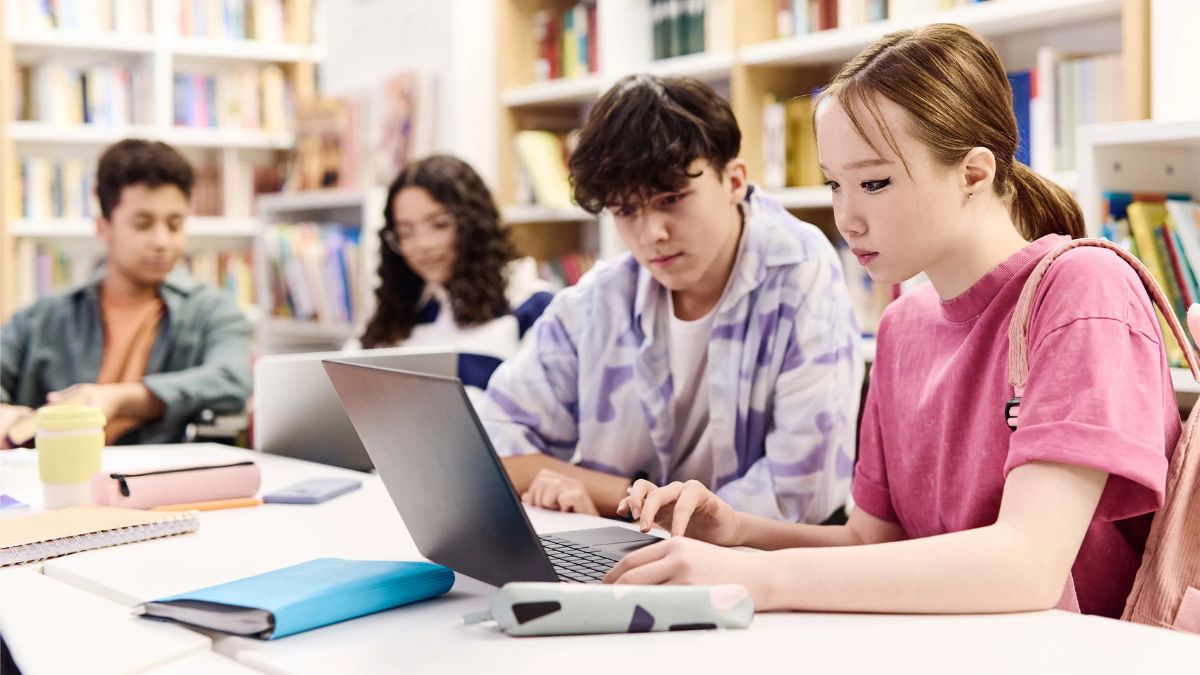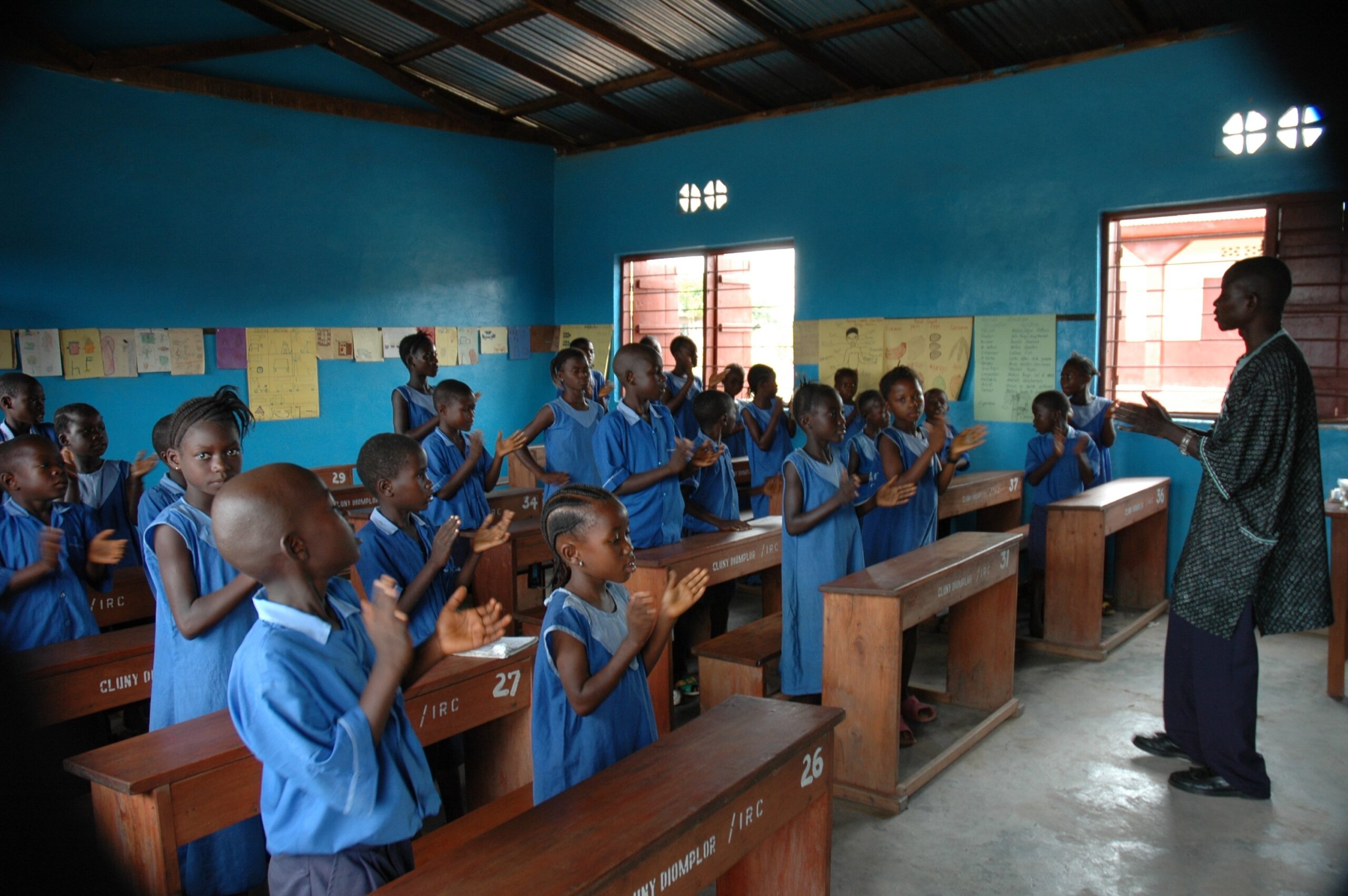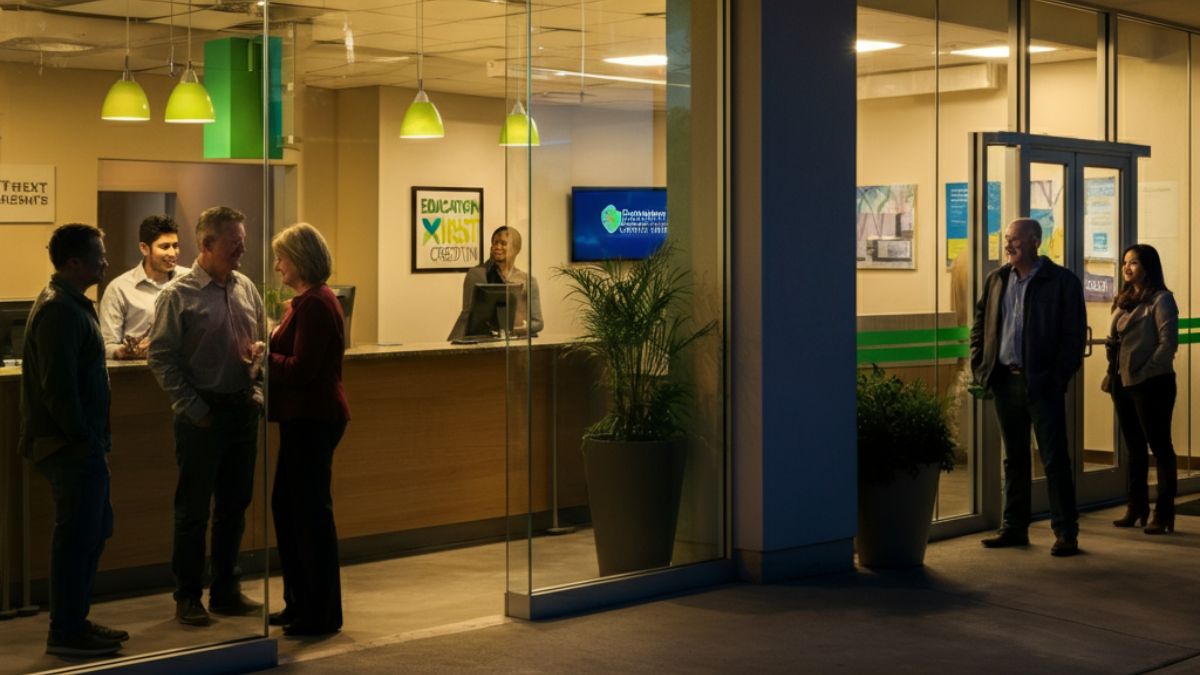Physical education often gets sidelined in discussions about academic priorities, yet its importance reaches far beyond the gymnasium walls. It’s not just about having students run laps or play dodgeball; it’s about building the foundation for healthier lives, enhancing mental well-being, and fostering crucial life skills.
This post takes a deep dive into the importance of physical education, the benefits it brings, and how schools can better integrate it into their curriculums. Whether you’re an educator, parent, or policymaker, this guide will help you understand why physical education is an invaluable piece of a well-rounded education.
What Is Physical Education?
Physical education (PE) is an educational discipline that focuses on developing physical fitness, teaching motor skills, and cultivating a lifelong appreciation for health and wellness. Structured through planned activities such as sports, games, and exercise routines, PE has a distinctive goal that goes beyond simple physical exertion—it aims to engage both mind and body in a unified approach to overall well-being.
But modern PE programs do more than focus on physical skills; they also touch on mental health, nutrition, and social interaction. PE has evolved to align itself with 21st-century health challenges, teaching young people the habits they’ll need to lead balanced lives.
The Benefits of Physical Education
The positive effects of physical education stretch far and wide. Here’s why it deserves a place alongside math, sciences, and language arts in every school curriculum:
1. Boosts Physical Health
The impact of PE on physical health is undeniable. Regular physical activity:
- Helps prevent obesity: Nearly 17% of children and adolescents in the U.S. are classified as obese. Physical education provides a structured opportunity for kids to be active, helping them maintain a healthy weight.
- Reduces the risk of chronic diseases: Studies show that kids who participate in regular PE classes are less likely to develop heart disease, diabetes, and other chronic illnesses later in life.
- Improves cardiovascular endurance and muscle strength: Schools that prioritize aerobic activities, strength training, and flexibility exercises lay the groundwork for strong, healthy bodies.
2. Improves Mental Health
Physical education isn’t just a boost for the body; it’s a game-changer for mental well-being.
- Reduces stress and anxiety: Physical activity stimulates the production of endorphins, the body’s natural mood elevators. This can help students manage stress and anxiety more effectively.
- Combat depression: Several studies have shown a strong correlation between exercise and reduced symptoms of depression in young people.
- Enhances focus and energy levels: A report in Time Magazine highlighted how a short burst of physical activity can improve concentration in students and help them tackle academic challenges better.
3. Promotes Social Skills
Group activities like team sports and cooperative games teach essential interpersonal skills, such as:
- Teamwork
- Problem-solving
- Leadership
These skills are vital not just for the gym floor but for success outside of school as well.
4. Encourages Lifelong Healthy Habits
PE is a chance to introduce students to activities they may continue to enjoy for years—whether it’s yoga, running, basketball, or even dancing. Developing a love for movement early on often translates into a lifetime of staying active.
5. Enhances Academic Performance
Contrary to the idea that physical education steals time from “real” learning, research suggests that students who are physically active tend to perform better academically. Exercise is known to enhance cognitive function, improving memory, attention, and overall brain health. Schools integrating PE into their curriculum may see improvements in grades, standardized test results, and graduation rates.
6. Addresses Tech Overload
With children spending an average of 7+ hours per day on screens, physical education provides a necessary counterbalance. Activities that move kids off the couch and away from devices help mitigate the negative effects of prolonged sedentary behavior, such as poor posture, vision issues, and lack of sleep.
Common Challenges Facing Physical Education Programs
While the benefits of PE are clear, many schools struggle to keep it a priority due to several challenges.
1. Budget Constraints
Physical education programs are often one of the first to face budget cuts in schools. Limited funding prevents access to proper equipment, trained educators, and engaging activities, ultimately impacting the program’s effectiveness.
2. Time Restrictions
With an increasing focus on standardized tests and academic subjects, many educational institutions have reduced—and in some cases completely eliminated—PE classes to make room for more instructional time in core areas.
3. Inequity in Access
Socioeconomic disparities also play a role in access to quality PE programs. Schools in lower-income areas often have fewer resources to provide well-rounded and engaging physical education experiences.
4. Student Motivation
Not every student loves physical activity, and forcing participation in standard PE activities without variety or personal relevance often leads to disengagement. Programs that lack innovation or fail to cater to the interests of diverse students miss the mark.
Integrating Physical Education for Maximum Impact
Improving the state of physical education doesn’t happen overnight, but here are actionable strategies educators can employ for better outcomes:
1. Diversify the Curriculum
Move beyond the staples of running laps and dodgeball. Offer a diverse range of activities like yoga, martial arts, swimming, and dance to cater to different interests and abilities. Variety makes PE more inclusive and fun for everyone.
2. Tie Health Education to Physical Education
Pair physical activities with lessons in nutrition, mental health, and lifestyle management. This holistic approach teaches students the connection between physical fitness, mental well-being, and how their choices impact their health.
3. Use Technology to Engage Students
Wearable fitness trackers, gamification apps, and virtual reality workouts can make exercise more exciting and relatable for today’s tech-loving youth. Using technology can also help track performance and motivate students toward achieving their goals.
4. Provide Continuing Education for PE Teachers
Educators need ongoing training to stay updated on best practices, particularly with the integration of new methods and tools like AI fitness programs or adaptive PE for students with disabilities.
5. Advocate for Policy Changes
Schools and communities can work together to create policies that prioritize physical education for its intrinsic health benefits and its ability to meet national health guidelines.
6. Engage Parents
Encourage parents to promote physical activity at home. Whether it’s a family walk after dinner or involving kids in grocery shopping for healthy meals, parental support can reinforce the importance of an active lifestyle.
Making a Case for the Future of Physical Education
To tackle the health challenges of the coming decades, integrating and prioritizing physical education is essential. PE is much more than a break from academics; it’s a vital part of shaping well-rounded individuals who are equipped to lead healthy, successful lives.
If we want students to thrive—not just survive—in today’s demanding world, physical activity needs to become an integral and celebrated part of the educational experience.
FAQs
Why is physical education important in schools?
Physical education is crucial in schools because it promotes physical health, mental well-being, and social skills. It helps students develop healthy habits, improve fitness levels, reduce stress, and learn teamwork that can benefit them throughout their lives.
How can physical education prepare students for the future?
Physical education teaches students life skills such as perseverance, time management, and goal setting. These skills, combined with the physical and mental benefits of regular activity, prepare students to deal with future challenges and maintain a balanced, healthy lifestyle.
What are some effective ways to improve physical education programs?
Improving physical education programs involves incorporating diverse activities to engage all students, providing professional development for educators, and integrating technology to track progress and promote personalized fitness plans. Encouraging collaboration between schools, communities, and families can also make programs more effective.
Is physical education relevant in the digital age?
Absolutely. With increased screen time and sedentary lifestyles becoming more common, physical education is more relevant than ever. It helps combat modern health risks such as obesity and encourages students to balance their time between digital and physical activities.










